Skyscape
September 13, 2023
FRIDAY, September 15th, is Cloud Appreciation Day. There’s really such a thing, says the Cloud Appreciation Society. There’s such a thing as that, too.
Sure, why not? Who doesn’t like clouds?
PHOTOS BY THE AUTHOR
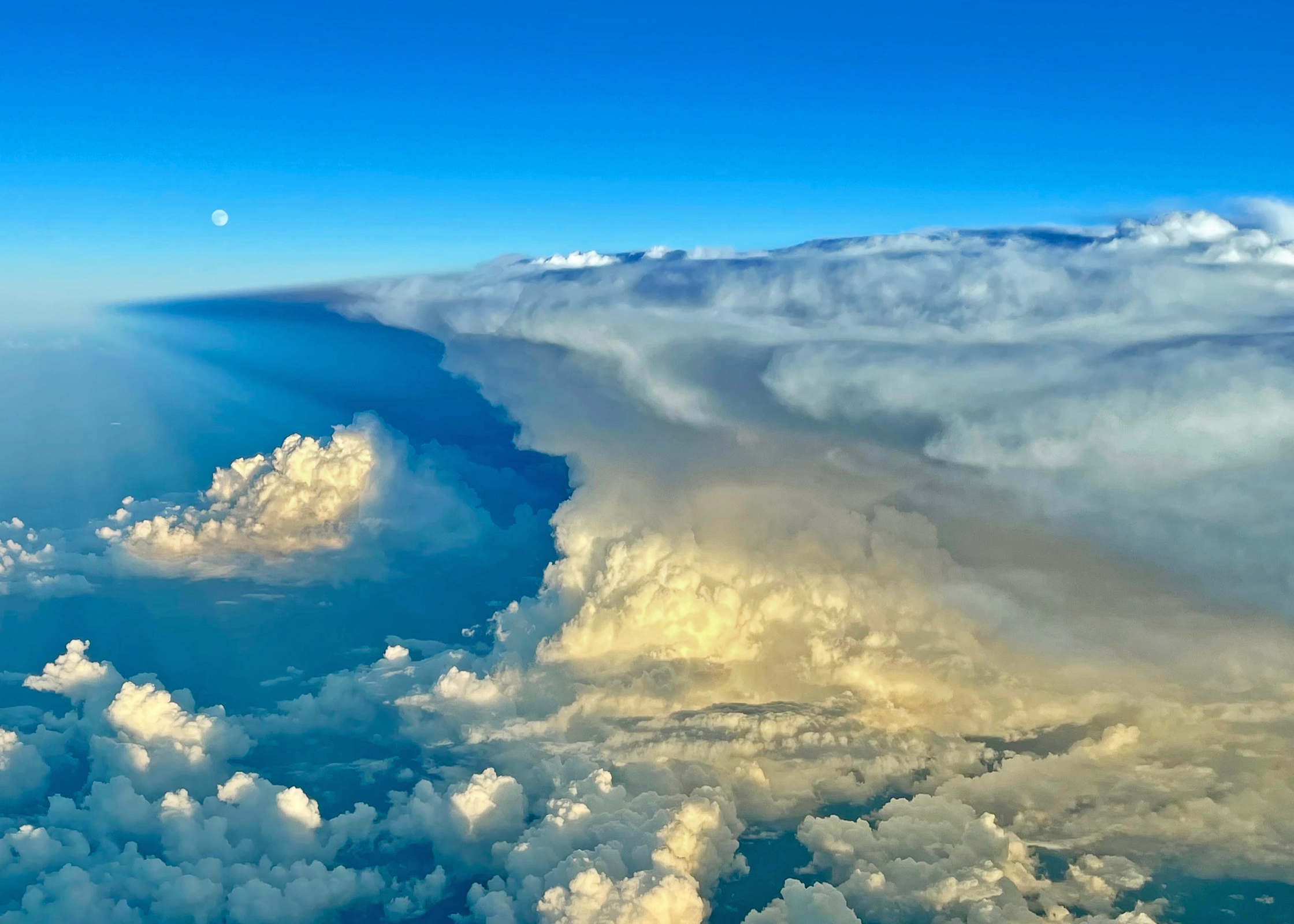

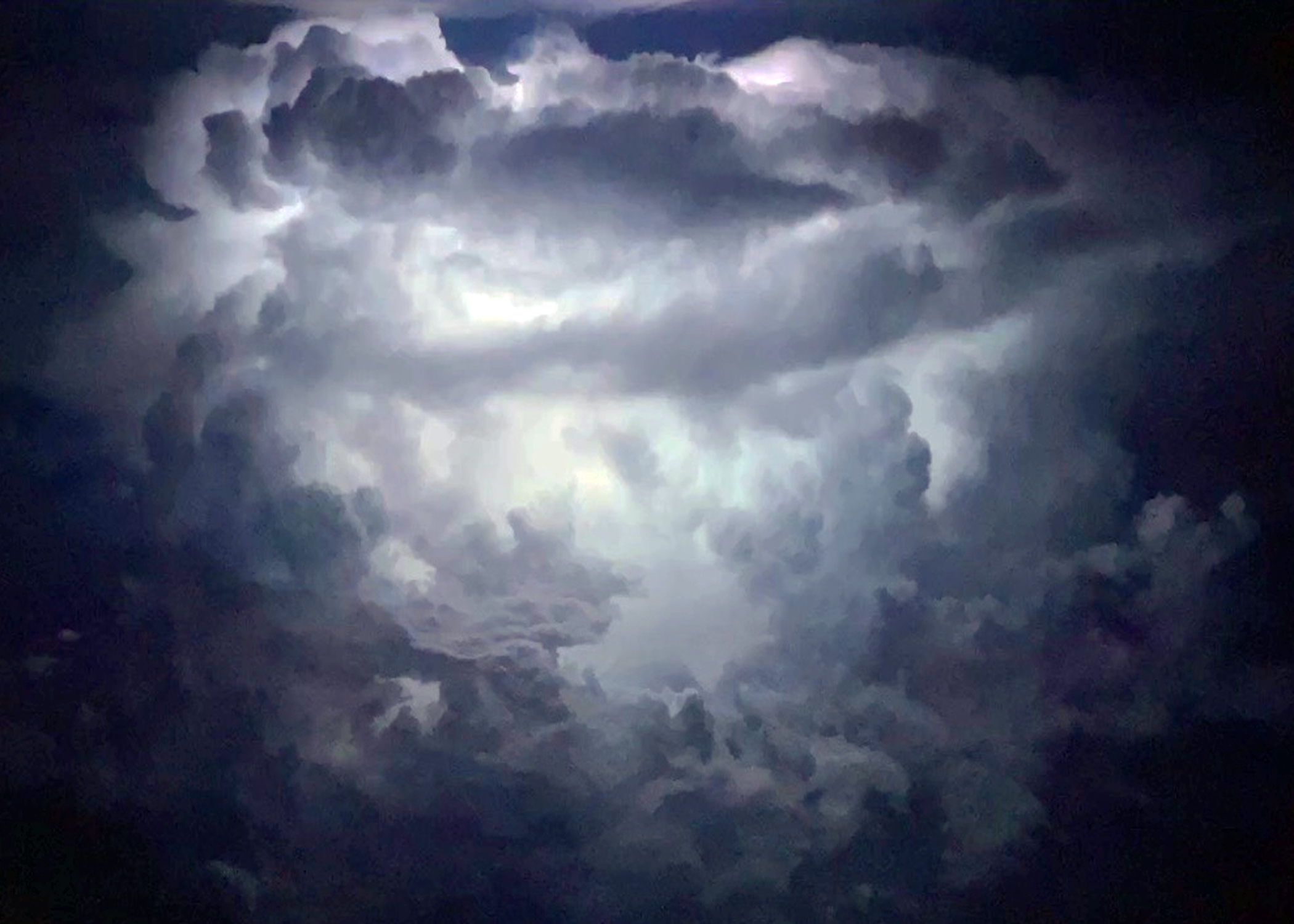
Those three above are a spectacular example of cumulonimbus. Thunderstorms, in other words. These are the clouds aviators avoid. They’re picturesque, but as atmospherically unfriendly as clouds can be.
Any type of cumulus cloud — the white fluffy ones — generally indicates unstable air and turbulence of varying degrees. But while fair-weather cumulus are by and large harmless, cumulonimbus, with their tell-tale anvil tops pointing in the direction of travel, are a sort of supercharged cumulus. At their meanest they contain thunder, lightning, hail, and extreme turbulence. We stay clear of them.
Evidence thus far is mostly anecdotal, but it stands to reason that as global warming intensifies weather patterns, storms like these will likewise become stronger and more frequent.



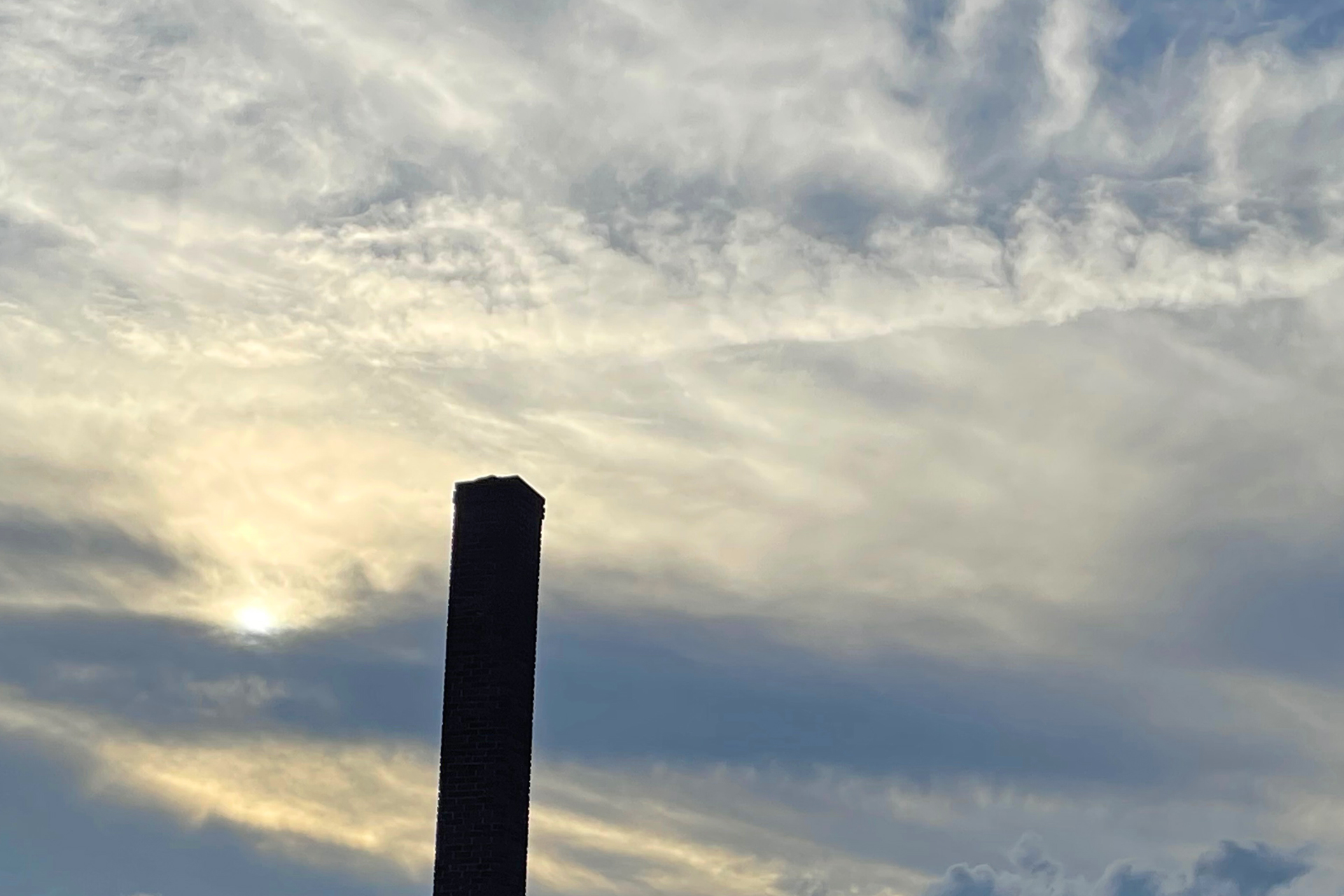
Stratus clouds are the flatter, more uniform type associated with overcast skies. They tend to be smooth inside. But not always. Few things in aviation are always.
Cirrus are the wispy, higher-altitude clouds. They’re made of ice crystals and sometimes translucent.
Types can form in a combination. Cirrocumulus. Cirrostratus. Pretty words, pretty clouds. Or you might see the prefix “alto,” as in altostratus or altocumulus. These are middle-altitude clouds.
When the Latin “nimbus” is part of the name, it means precipitation is falling. Nimobstratus, for instance, is your typical rainy-day cloud.
It can be difficult or impossible to see clouds at night. That’s when our onboard radar pulls its weight, together with weather forecasts, turbulence plots and real-time imagery viewable on our tablets.
One reason I enjoy flying the Boeing 757, antiquated as it might be, is its outstanding climb performance, even at max weight. It’s easy for us to get above most or all of the weather. Jets like the 737 and A320 can’t match it and are often stuck down low.
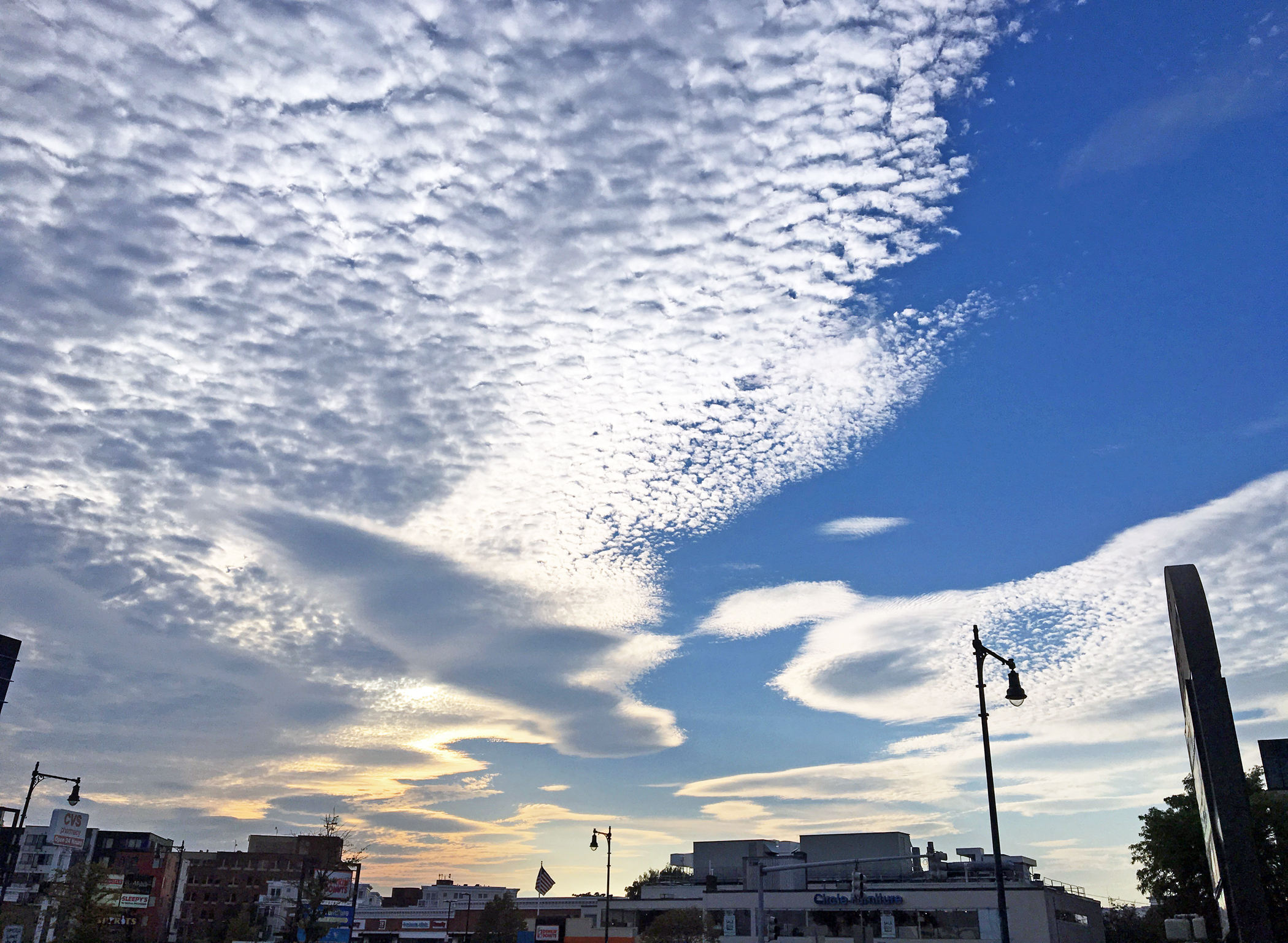


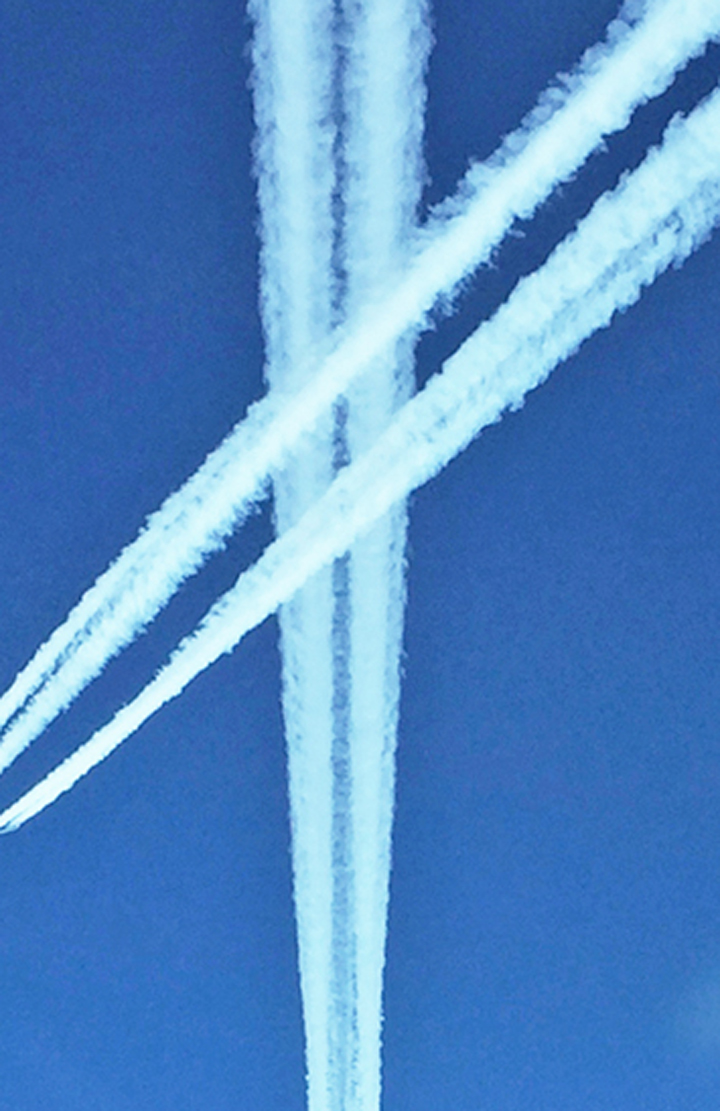
Contrails are essentially a machine-made cloud. One of the byproducts of jet engine combustion is water vapor, which at higher altitudes will often condense visibly, nucleating on exhaust particles. Contrails can run behind an aircraft for many miles. Or, they might appear as short white plumes. It varies with altitude, temperature, humidity.
Chemtrails, anyone? Let’s not.
This is not the same thing as the trail of mist you sometimes see coming from a wingtip during takeoff or landing. This latter phenomenon happens in high-moisture conditions when the cores of wingtip vortices condense, shooting from the wings as strands of vapor.
Moist, high-velocity air will condense around other spots too, such as the engine attachment pylons. You might witness what appears to be white smoke pouring from the top of an engine during takeoff. This is vapor made visible by the currents around the pylon. Other times, the area just above the surface of the wing will suddenly flash into a gray puff of localized cloud.
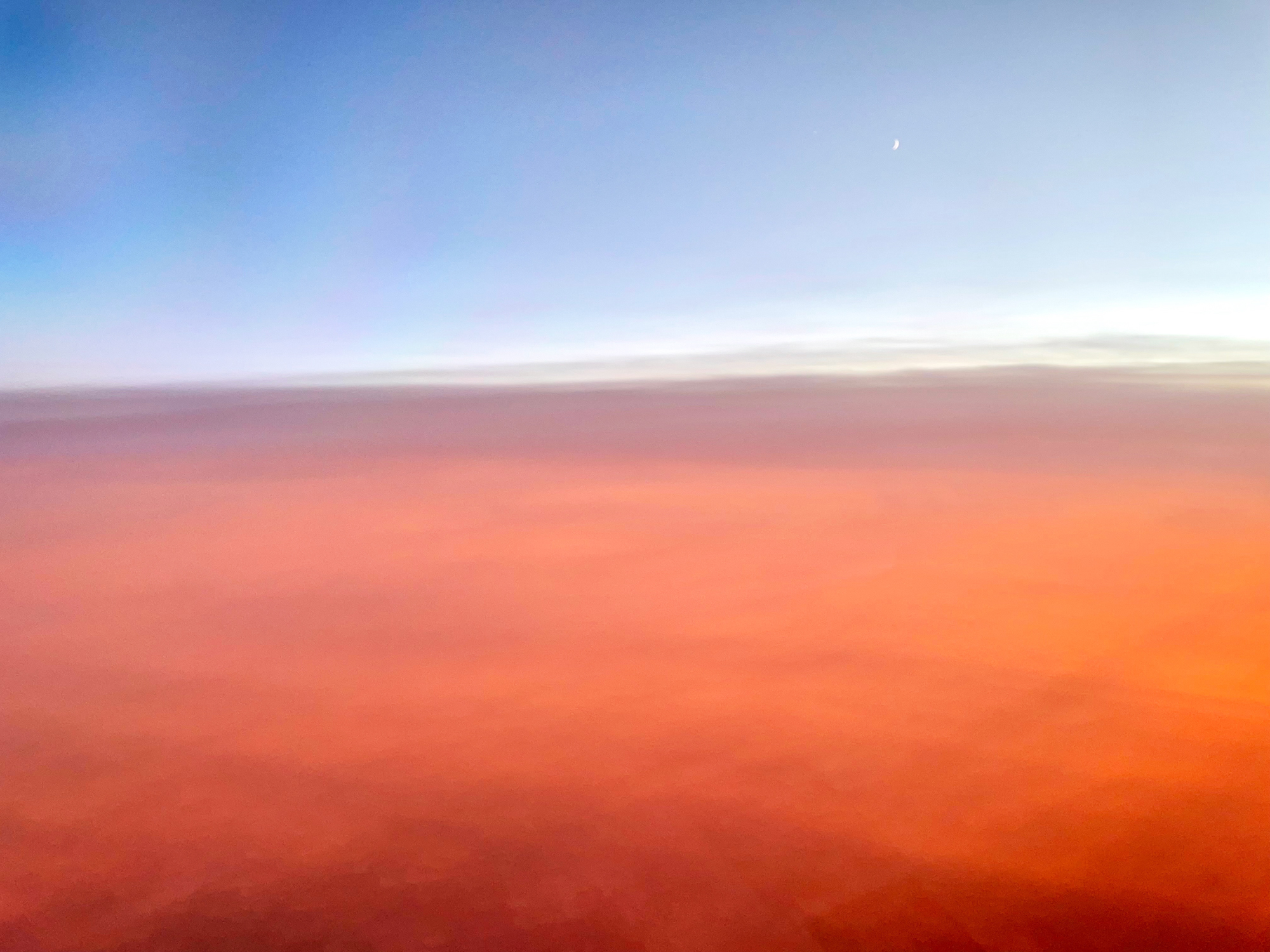
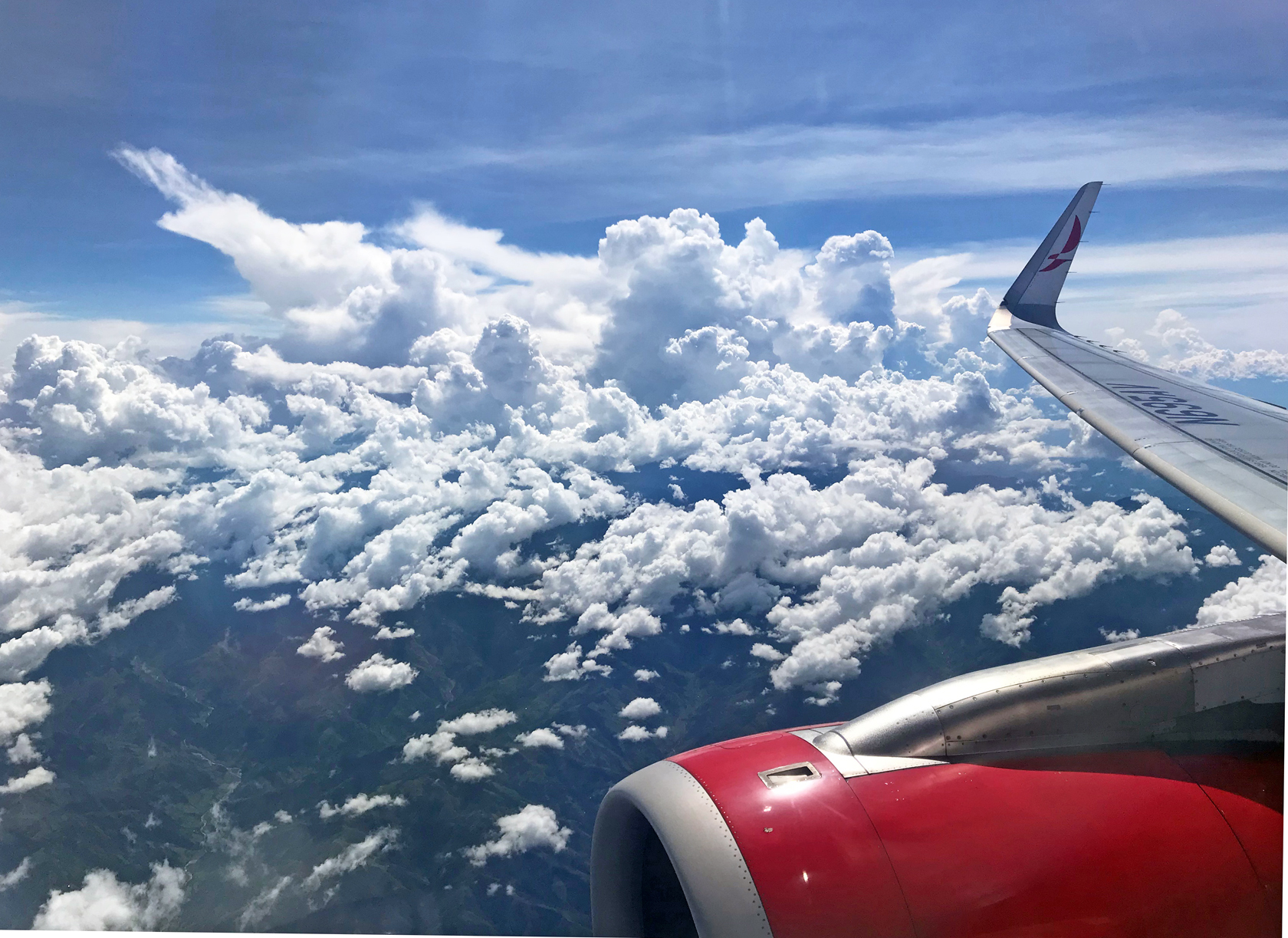
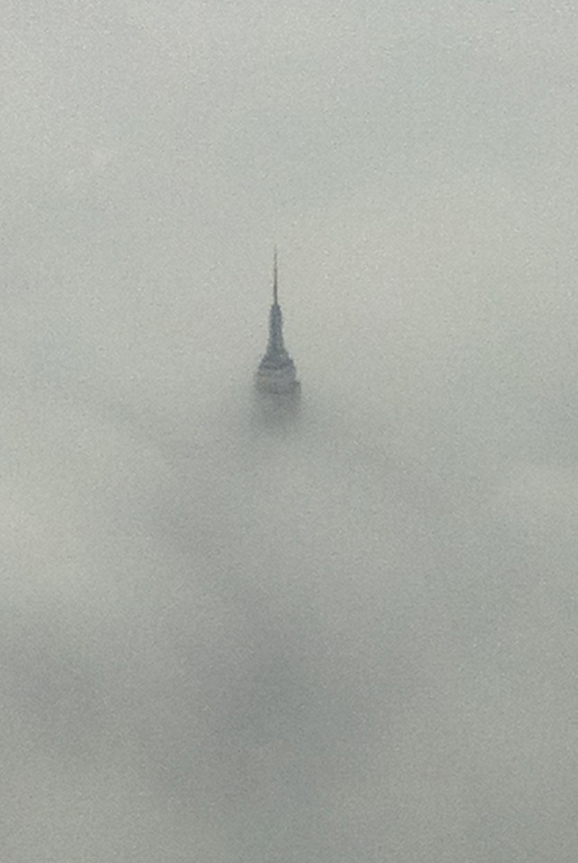
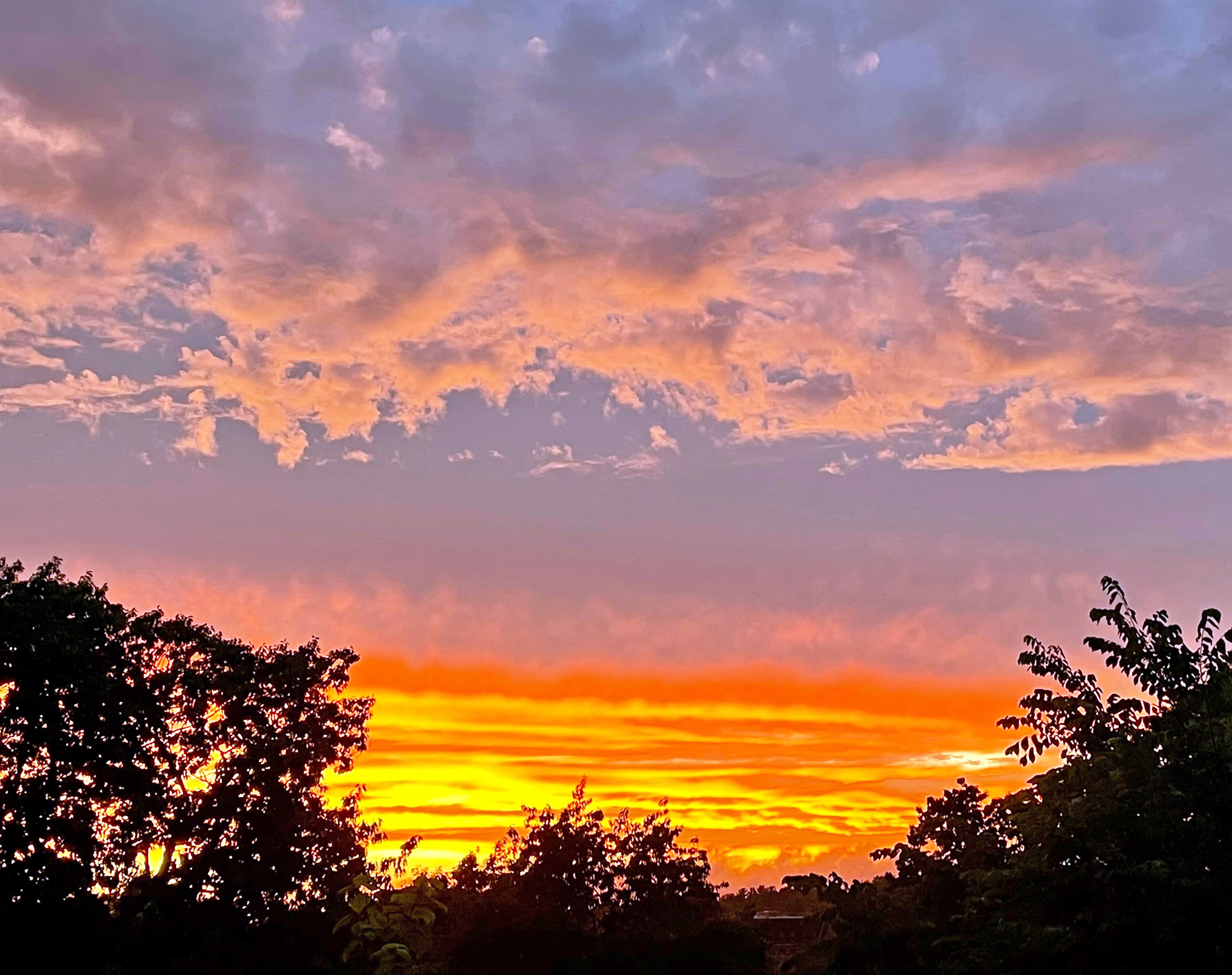
Related Story:




Leave a Comment
Maximum 1500 characters. Watch your spelling and grammar. Poorly written posts will be deleted!
13 Responses to “Skyscape”
You are viewing newest comments first. Click to reverse order
FYI, by “underwhelming” and “nowhere near as impressive” (in my previous answer), I mean that they’re a lot wispier.
I feel like clouds are underrated. People often talk about the views of the ground below from an airplane, but I feel like the skies/clouds can be just as pretty (I’d gladly look at either the ground or the clouds from the window).
My favorite kinds of clouds are (by far) cumulus and cumulonimbus, often seen in the tropics and subtropics. They’re so majestic and impressive. Back when I lived in the Southern US I loved waking up every morning and seeing them in the distance, and getting closer before releasing all the water inside them sometime between 1 and 4pm.
I currently live in Northern Spain and the clouds are nowhere near as impressive. Sure, they look nice, but kind of underwhelming. At least when compared to the South. Lol
Those are some terrific shots… and I sure hope that one angry gob of lightning was out your side window!
Absolutely amazing and educational as always. Every flight I take there is always something new with the clouds. Feels like a kid wanted to touch the clouds. Great pictures and thanks for sharing.
Hi Patrick:
Fascinating post!
I trained for my Private Pilot License on a vast grass strip at Chapel Hill NC in 1967 at age 18. (The entire training cost…$500. Now it’s around $20,000) I was flying a cross country mission when I saw a LONG sinister dark cloud front headed my way. I immediately turned tail, firewalled my Cessna 150 and fled back to CH. I arrived just as virga clouds were coming in across the field. What a beautiful sight! Rain slanted down but not reaching the ground like “God rays.”
After I got my Instrument Rating, I liked to take friends on trips to that foreign place, Cloudland. Conditions had to be right: gray day under a solid overcast, nearing sunset for optimal color.
I’d climb through the overcast, feeling my passenger’s unease at being totally enveloped in gray cloud. Then, breaking out on top, there were gasps at the beauty of Cloudland with its towering pink cumulus spires and deep cloud valleys. The cabin would fall silent, my passengers spellbound.
“Letting down” could be risky. On one flight, I broke out over the nearby “airline” airport, Raleigh Durham. I know: I was a bad, BAD pilot. I shouldn’t have been doing any of that. But I loved those visits to Cloudland and my passengers’ delight.
Please visit CamBeckBooks.com. I’ve put up some interesting writings on aviation–and the moon landings. I hope to start hawking my wares (books) in future from that website.
You definitely are a talented photographer. Cloud-gazing is one of the great simple pleasures.
It would be interesting to hear the circumstances of the Empire-State-Building shot. Surely not during a VFR approach to Newark.
If I remember right, that photo was taken (several years ago) from a passenger window during an approach into La Guardia. Planes landing at LGA don’t normally pass directly over Manhattan, but it can happen.
Thanks for these! I love watching clouds. Your photos are spectacular.
The coolest I’ve seen is three small lenticular clouds stacked above a hill near my house in SF. I’d post a photo if I could.
Good stuff, as always, Patrick. Re contrails, from an article about 9/11:
During the three-day ban on commercial flights, very few planes were in the sky — by and large, air traffic was limited to military flights. Because of the lack of planes, there was also a lack of contrails. The lack of contrails corresponded to a measurable, significant increase in temperature, leading some to believe that contrails help depress global warming — a theory echoed by World War II data as well.
Links:
http://web.archive.org/web/20100925122227/http://articles.cnn.com/2002-08-07/tech/contrails.climate_1_contrails-cirrus-clouds-david-travis?_s=PM:TECH
https://www.scientificamerican.com/article/contrails-aviation-affects-climate/
I don’t know any chemtrail nuts but would be amused to run this by them.
I loved BGR/BOS runs in the winter. Gloomy and dark on the ground but five minutes after takeoff it was blue skies over flat-as-a-tabletop clouds. Then back into the murk and looking for the approach lights. . .
Thank you for this interesting explanation about Skyscape, including contrails
One morning in the 1960s I was a passenger on a 727 departing Miami. The weather was a typical high humidity and my seat was directly opposite the left side engine intake. As we were accelerating to take off, I noticed what appeared to be small vortices of condensation entering the engine.
Interesting but nothing to worry about. We made it to Washington National on time.
What a cool post. I love the photos, and even though (as a regular reader) I knew most of the cloud and condensation facts, it was still a fun read to have them tying the photos together.